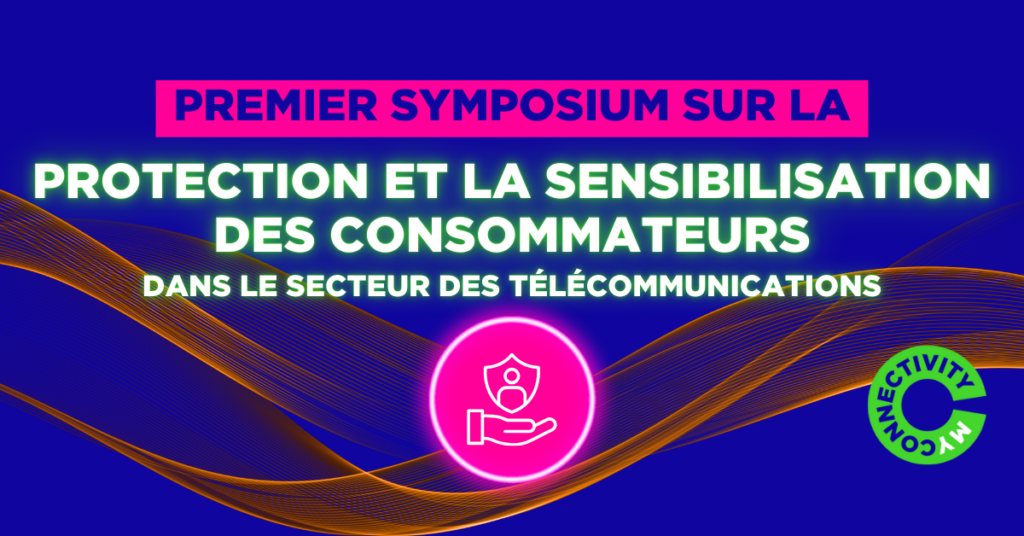
Advancements and Challenges in 6G and Sub-Terahertz Communications
Scroll
The telecommunications sector is entering a new phase with the development of 6G and sub-terahertz communications. These technologies stand to offer unprecedented improvements in data transmission rates, network efficiency, and connectivity capabilities. This article offers a technical analysis of the forthcoming 6G and sub-terahertz communications, focusing on their operational framework, potential benefits, and the hurdles that need to be overcome.
Scroll
Sub-Terahertz Communications: Enabling Ultra-High-Speed Connectivity
Sub-terahertz communications, utilising frequencies between 100 GHz and 1 THz, are central to the technological advancements anticipated with 6G. This spectrum range offers expansive bandwidth, essential for achieving data transmission rates at the terabit-per-second scale. Such capacity is critical for supporting data-intensive applications, including high-definition holographic communication, wireless connectivity of compute units in data centres, and immersive extended reality experiences. The utilisation of this spectrum addresses the challenge of spectrum scarcity encountered by current wireless networks, offering a path towards meeting the growing demand for wireless communication capacity.
6G: A Vision for Comprehensive Connectivity
6G aims to provide comprehensive connectivity, enhancing the performance, efficiency, and security of wireless networks. It seeks to support an ecosystem where digital and physical entities are interconnected, fostering the development of smart cities, advanced manufacturing, and digital healthcare systems. The integration of artificial intelligence within 6G networks is expected to enable autonomous network management, optimising performance and security dynamically. Moreover, 6G envisages the convergence of communication and computing into a cohesive platform, facilitating new services and applications that leverage the collective capabilities of advanced networks and computing infrastructure.
Addressing the Technical Challenges of Sub-Terahertz Frequencies
While the benefits of sub-terahertz communications are clear, several technical challenges must be addressed to harness these frequencies effectively. Signal attenuation, particularly due to atmospheric absorption and rain, poses a significant challenge, necessitating the development of dense network architectures and advanced propagation models. Furthermore, the development and deployment of sub-terahertz communications require advancements in semiconductor technologies and antenna designs, to create transceivers and systems capable of operating efficiently at these high frequencies.
The Enabling Technologies for 6G and Their Implementation
The realisation of 6G will depend on a myriad of enabling technologies, spanning from innovative antenna systems to novel semiconductor materials. Advanced antenna technologies, such as electronically steerable phased arrays and metamaterials, are essential for managing the directional nature of sub-terahertz signals. Similarly, breakthroughs in semiconductor technology are required to develop the transceivers needed for these high-frequency operations. Beyond hardware innovations, artificial intelligence and machine learning are poised to play a critical role in the dynamic management and optimisation of 6G networks, facilitating a transition towards more autonomous, efficient, and secure telecommunications networks.
Navigating the Future: The Path Towards 6G Implementation
The journey from conceptualising to implementing 6G and sub-terahertz communications involves addressing a range of technical, regulatory, and environmental challenges. The successful deployment of these technologies requires collaborative efforts across academia, industry, and regulatory bodies, ensuring the development of robust, efficient, and globally harmonised telecommunications infrastructures. Moreover, sustainability must be a key consideration in the design and operation of 6G networks, ensuring that technological advancements do not come at the expense of environmental well-being.
Embracing the Future of Telecommunications
The transition towards 6G and the adoption of sub-terahertz communications represent a significant leap forward in telecommunications technology, promising to unlock new possibilities in digital connectivity. While the path forward is complex and filled with challenges, the collaborative efforts of stakeholders across the telecommunications ecosystem are essential for realising the full potential of these advanced technologies. As the industry moves towards this new horizon, the focus on innovation, collaboration, and sustainability will be key to shaping the future of telecommunications.
References
“Terahertz Communications and Sensing for 6G and Beyond: How Far Are We?” IEEE Wireless Communications, February 2024.
“A Concept for Evaluating Sub-THz Communication for Future 6G,” Ericsson and Intel, 2023.


